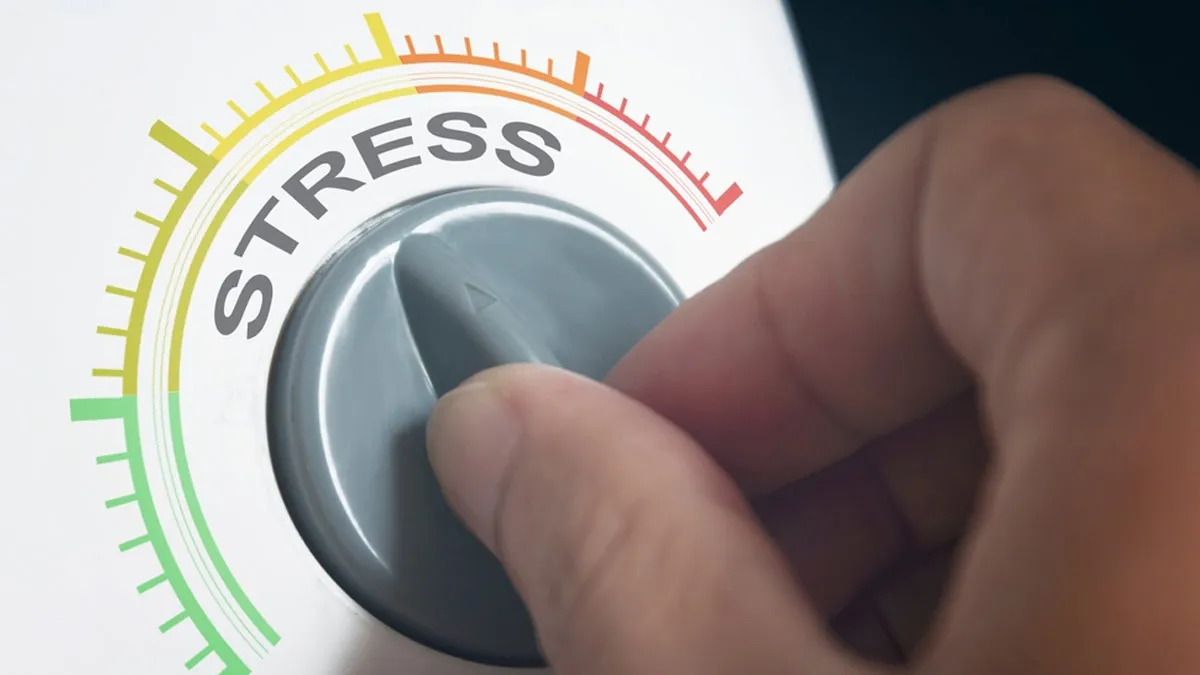
Cortisol, also known as the stress hormone, helps your body deal with stressful situations. However, when you have higher levels of cortisol in the body, it can give rise to health issues like anxiety, high blood pressure, weight gain, and hormonal imbalances. If you are wondering how to deal with this, you should focus on engaging in physical activities that reduce stress rather than increase it.
Table of Content:-
Workouts to Help Regulate Cortisol and Support Overall Well-Being
Yoga

Yoga integrates movement, breath regulation, and awareness, which assist in balancing cortisol levels. Some yoga poses, particularly forward bends and restorative positions, engage the parasympathetic nervous system (your relaxation mode) to lower cortisol. Here are some yoga poses for cortisol regulation:
- Child's Pose
- Legs-Up-The-Wall Pose
- Cat-Cow Stretch
- Supine Spinal Twist
Strength Training
When it comes to regulating cortisol levels, strength training can prove to be helpful. It enhances insulin sensitivity and maintains other hormones, such as testosterone and growth hormone, in balance. But make sure you find the right balance because overdoing weight training and not giving your body sufficient time to recover can increase your cortisol levels. You should focus on compound exercises, such as squats, deadlifts, and push-ups. Also, maintain 3–4 strength training sessions per week, with workouts lasting less than 45 minutes.
Walking

Walking is one of the simplest yet effective physical activities that can help you lower your cortisol levels. In a study published in Diabetology and Metabolic Syndrome, the cortisol measurements on a daily basis showed a persistent reduction from day one to day four of the walk, with a significant and apparent difference being noted when comparing day one and day four.
Also Read: Is Hormonal Imbalance The Culprit Behind Your Weight Gain? Find Out
Swimming

Swimming is another physical activity that can help in managing your cortisol levels. It is an enjoyable exercise that causes the brain to release neurochemicals which make you happy. The gentle motion and weightlessness of being in the water help ease stress and promote relaxation. As per a 2023 study, open-water swimming can improve mood and overall well-being, reduce symptoms of mental distress, and is usually perceived as a positive and valuable experience by many people.
Pilates
Pilates is a low-impact workout that exercises the core, improves posture, and eases stress without invoking abnormal cortisol release. It involves controlled movements and breathing, and it is therefore a great option for individuals suffering from hormone imbalance related to stress. Engage in a 30-40 minute Pilates session, 2-3 times a week to build strength while keeping cortisol levels in check.
Cycling

Cycling at a consistent, moderate rate gives the cardiovascular advantages of exercise without causing cortisol to spike. Unlike high-intensity interval cycling, which stresses the body, a casual ride stabilises hormones and improves mood. A 30-minute low-intensity bike ride, ideally outdoors, can reduce stress and lead to relaxation.
Also Read: How Stress Hormones Impact The Immune System: The Link Between Stress And Immunity
Tai Chi
Tai Chi is a slow-moving, flowing set of movements designed to increase awareness and decrease tension. Also referred to as "meditation in motion," it reduces cortisol, enhances sleep patterns, and promotes overall health. A 15–20 minute morning or evening Tai Chi session can greatly enhance relaxation and hormonal balance.
[Disclaimer: This article contains information provided for informational purposes only. Hence, we advise you to consult your professional if you are dealing with any health issue to avoid complications.]
Also watch this video
How we keep this article up to date:
We work with experts and keep a close eye on the latest in health and wellness. Whenever there is a new research or helpful information, we update our articles with accurate and useful advice.
Current Version